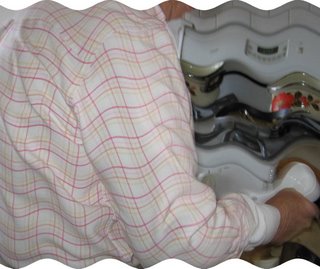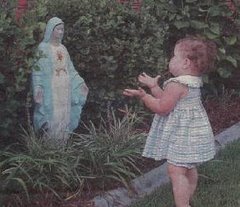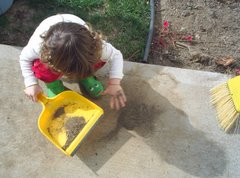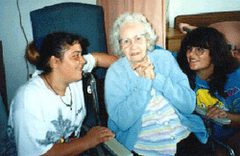By the 1990s, young Catholic families began to find and encourage each other in pro-life activities, natural family planning interests, and especially home-schooling of children. Where a Latin Mass community was established, these Catholic families found each other and quickly and fervently embraced the traditional Church.
Also in that period, the Church had begun to ordain a few hidden Peter's, Paul's, James's, and John's who were called to enter Modernist-controlled seminaries, but somehow had the true faith through independent study and prayer. The prayers and sufferings of these loyal young priests were instrumental in the early, but partial, recovery of many local churches.
At the beginning of the 21st century, the wind direction had changed, and Modernism became “old.” In contrast, Catholic Tradition became “new” and exciting. Thus, Modernism reached its apex and orthodox Catholicism began to reappear and grow in some local Novus Ordo churches.
The great debacle of homosexual priests in the U.S. Church in the early 2000s provided a setback from which the Modernist Bishops never recovered. The result was a serious loss of Church funds and property, the removal of certain high-level bishops, and (because of loss of operating funds) the consequent removal of many hired personnel who controlled Church offices and organizations. In its public humiliation, the Church and many priests found a humility that began to bring them closer to Christ and his Cross.









No comments:
Post a Comment